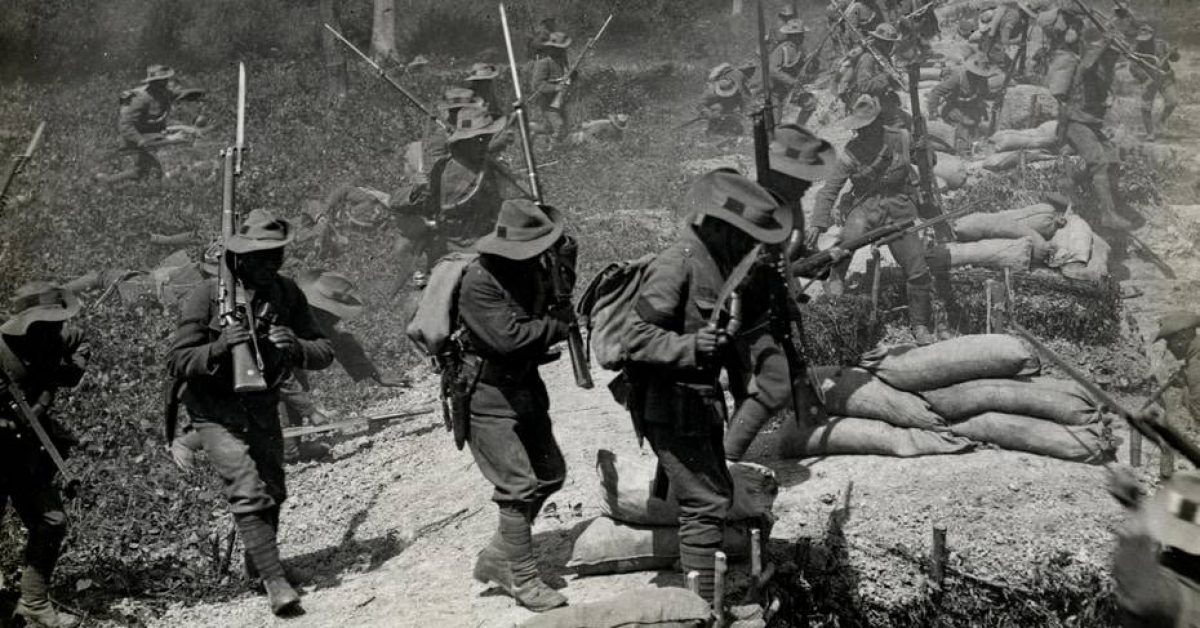The Age of World Wars (1914-1945)

The main points of the peace treaties
Peace of Versailles between Germany & the Entente:
- Alsace-Lorraine was returned to France.
- The eastern provinces (“Polish corridor”) of Germany were annexed to the new Poland.
- Saarland was put under French control for fifteen years.
- The Rhineland was demilitarized.
- Overall, Germany was not weakened so much that it could not recover, but the peace was shocking and humiliating to the German public, maintaining a taste of retaliation.
Treaty of Saint-Germain between Austria & the Entente Powers:
- Austria was created from the German-speaking Alpine provinces (annexing the Slovenian and Italian territories). But the Czech Republic, which had a mixed population, was ceded „in return” it received the western counties of Hungary, Burgenland.
- It was forbidden to unite with Germany (Anschluss), even though the population was German-speaking and wanted to unite because they thought the country was unviable.
The Treaty of Neuilly between Bulgaria & the Entente Powers:
- ceded the Aegean coast to Greece.
Treaty of Sevres between Turkey & the Entente Powers:
- It divided the Arab territories between Great Britain (Iraq, Jordan, Palestine) and France (Syria, Lebanon).
- Greece and Italy got from the Anatolian territories, which also created an independent Armenia.
- A national movement broke out in Turkey. Kemal Pasha modernized the country and defeated the Greeks.
- In 1923, a new Peace was made in Lausanne, in which Turkey preserved Anatolia.
The new states
The treaties around Paris reshaped the map of Europe, creating a number of new states:
- Finland and the Baltic States (Estonia, Latvia, Lithuania) separated from Russia.
- Poland was created from the territories of Russia, Germany, and the Monarchy, but its eastern border could only be recognized in a separate war with Soviet Russia.
- Czechoslovakia was formed from the Czech provinces of Austria and the Felvidék(=Uplands/Upper Hungary). At that time Subcarpathia(Kárpátalja) also belonged here.
- Romania doubled with the annexation of Transylvania, Banat, Kelet-Tiszántúl (=Transtisza eastern region), and Bessarabia recovered from Russia.
- The Kingdom of Serbs, Croats and Slovenes (later Yugoslavia) was established: Croatia, Bosnia and Herzegovina, Slovenia from Austria joined Serbia and Montenegro, and Southern Hungary (Délvidék) was annexed.
The new states were nominally nation-states, in fact a large number of people from the formerly ruling nations (Hungarians, Germans, Russians) lived in the territory as minorities.
Czechoslovakia and the Kingdom of Serbs, Croats and Slovenes were already multi-ethnic states, although the former came under Czech and the latter under Serbian rule.
Dates:
- June 28, 1914 (assassination of Archduke Franz Ferdinand of Austria, heir presumptive to the Austro-Hungarian throne, and his wife in Sarajevo)
- July 28, 1914 (outbreak of World War I)
- 1914-1918 (World War I)
- 1916 (Battle of the Somme)
- 1917 (February Russian Revolution and Bolshevik takeover)
- 11 November 1918 (end of the First World War)
- 1919 (beginning of theParis Peace Conference, Treaty of Versailles)
- 1922 (creation of the Soviet Union) | Wilhelm II, Nicholas II, Lenin, Trotsky, Wilson, Clemenceau | quick victory, attrition warfare, stalemate, static battle, trench warfare, two-front war, central powers, Allies of World War I or Entente Powers, front line, home front, reparation, League of Nations, minority protection.
Lapozz a további részletekért



